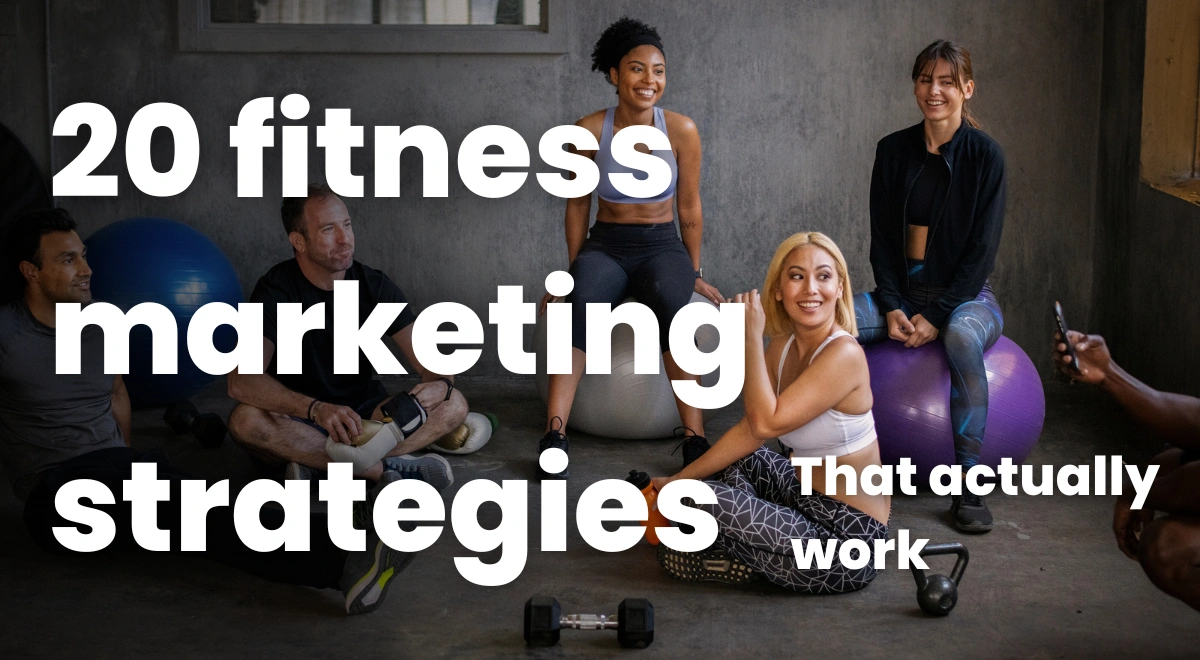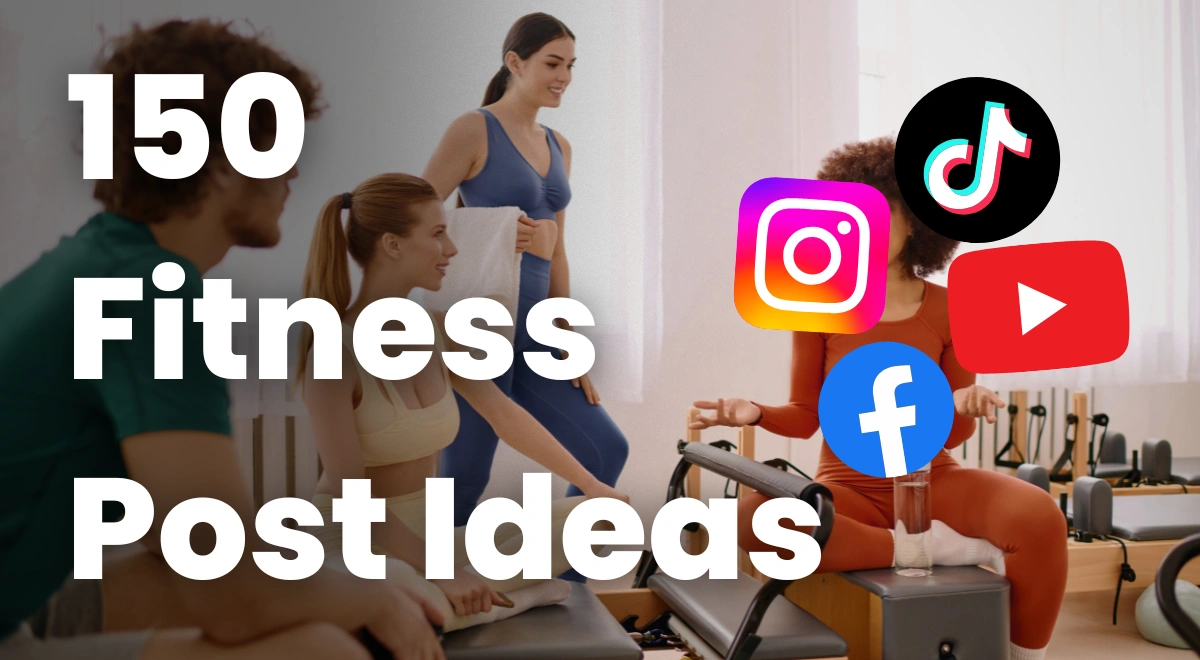In the ever-evolving world of fitness entrepreneurship, embracing innovative technologies like Virtual Reality (VR) is key to staying ahead. For fitness entrepreneurs looking to diversify their offerings, organizing a VR retreat offers a unique blend of technology, wellness, and immersive experiences. This step-by-step guide is tailored to help you, the fitness entrepreneur, plan and execute a successful VR wellness retreat, catering to the growing demand for tech-driven fitness solutions.
Step 1: Conceptualizing Your VR Fitness Retreat
Define Your Goals: Start by setting clear objectives for your VR retreat. Are you focusing on VR workouts, meditation, stress relief, or a holistic fitness experience?
Know Your Audience: Understanding the preferences, fitness levels, and tech-savviness of your target audience is crucial. Tailor your retreat to meet their specific wellness needs.
Selecting Engaging Themes: Choose virtual environments and themes that align with your fitness goals. From dynamic workout spaces to tranquil meditation spots, make your VR retreat an escape into wellness.
Step 2: Developing VR Content for Fitness Enthusiasts
Choosing the Right VR Platform: Opt for a VR platform that balances user-friendliness with advanced features to cater to diverse fitness enthusiasts. Some suggested platforms include:
- Oculus Quest 2 (Meta Quest 2): Is a popular standalone VR headset developed by Meta Platforms . It offers a high-quality VR experience without the need for external hardware. Its ease of use and wide range of available apps make it ideal for fitness and wellness experiences.
- HTC Vive: The HTC Vive series, including the Vive Pro, offers high-end VR experiences with superior graphics and room-scale tracking. Its advanced tracking capabilities are excellent for more interactive and movement-focused VR retreats.
- PlayStation VR: Sony’s PlayStation VR is a virtual reality headset that is compatible with the PlayStation 4 and 5 gaming consoles. Given its large user base, it's a good platform for targeting gamers who are interested in wellness and fitness.
- VRChat: Is a free-to-play massively multiplayer online virtual reality social platform. It allows users to interact with each other in VR. Can be used for creating community-driven retreat experiences where interaction and social engagement are key.
Content Development: Create or curate content including 360-degree immersive fitness sessions, guided meditation, and interactive wellness activities.
Ensuring Quality and Engagement: Test your content rigorously to ensure high quality and interactivity, providing an unparalleled virtual fitness experience.
Step 3: Structuring the VR Retreat Experience
Creating a Diverse Schedule: Develop a schedule that encompasses various fitness activities – from high-intensity VR workouts to calming yoga sessions.
Live Interactions: Incorporate real-time coaching or group classes to add a personal touch to the virtual experience.
Clear User Instructions: Provide detailed guidance for navigating the VR environment, ensuring a seamless and enjoyable experience.

Step 4: Logistics and Setup for Virtual Fitness
Hardware and Software Accessibility: Ensure your participants have access to the necessary VR equipment, considering rental options for wider accessibility.
Technical Support and Safety: Offer technical support for VR setup and usage, along with safety guidelines to prevent physical strain during virtual workouts.
Step 5: Marketing Your VR Fitness Retreat
Strategic Marketing Plan: Utilize digital marketing channels like social media, email marketing, and fitness influencers to promote your retreat.
Showcasing the Experience: Offer demos or previews to give potential participants a taste of the unique VR fitness experience.
Highlighting Unique Features: Emphasize the innovative aspects of your retreat, like cutting-edge VR technology and exclusive wellness programs.
Step 6: Executing the Retreat
Seamless Launch: Ensure all technical aspects of your VR retreat run smoothly during the launch.
Participant Engagement: Foster a sense of community and encourage interaction to enhance the virtual fitness experience.
Ongoing Support: Provide continuous assistance for any technical or fitness-related queries during the retreat.
Step 7: Gathering Feedback and Planning Future Retreats
Feedback Collection: Post-retreat, gather insights to understand participant experiences and identify areas for improvement.
Reflect and Innovate: Use the feedback to enhance future VR fitness retreats, focusing on evolving content, technology, and participant engagement.
As a fitness entrepreneur, organizing a VR retreat is a groundbreaking way to combine technology with fitness and wellness. By following these steps, you can create a unique and impactful VR wellness experience that caters to the modern fitness enthusiast. Stay ahead in the fitness industry by continuously innovating and leveraging the power of VR technology.






.webp)






